Understanding and applying the official dart game rules can be daunting for newcomers; however, the impact of bust rules: adaptations for beginners can greatly improve the learning curve and overall enjoyment. This article will delve into the specific ways you can modify and adapt these rules, focusing on strategies for teaching new players and creating a more engaging experience.
⚠️ Still Using Pen & Paper (or a Chalkboard)?! ⚠️
Step into the future! The Dart Counter App handles all the scoring, suggests checkouts, and tracks your stats automatically. It's easier than you think!
Try the Smart Dart Counter App FREE!Ready for an upgrade? Click above!
Understanding the Standard Bust Rule and Its Challenges
The standard bust rule in darts states that if a player scores more points than needed to reach zero, or if they bring their score down to one, their turn ends immediately, and their score reverts to what it was at the start of that turn. This rule can be particularly frustrating for beginners who are still developing their accuracy and strategic thinking. It’s a common cause of discouragement, especially when they are close to winning.
For instance, imagine a player needs 32 to win, hits a 20, then an 8, and then attempts a double 2 but misses. This results in scoring 36, leading to a bust, and the player must start the following round back at 32. This can be demoralizing and slow down the game for everyone involved.
The Impact of Bust Rules: Adaptations for Beginners
So, what can be done to make the game more approachable for beginners? The answer lies in adapting the bust rule. Here are some effective strategies to consider:
- Eliminate the Bust Rule Entirely: For absolute beginners, removing the bust rule altogether can significantly reduce frustration. This allows them to focus on hitting the board and scoring points without the added pressure of precise calculations. Once they become more comfortable with the game, you can gradually reintroduce the rule.
- The “Forgiveness” Rule: Implement a rule where a player is allowed one bust per game without penalty. This gives them a safety net and encourages them to take risks without the fear of immediate setbacks. This teaches them better calculation strategies and scoring techniques.
- The “Closest To” Rule: If a player busts, instead of reverting to their previous score, they revert to the closest legal score they could have achieved with that throw. For example, if needing 32, a player hits a 20 and then a 15 (total 35), they would then be at 2 (32+3-35), not back at 32. This rewards accuracy even in a bust situation.
These adaptations help to alleviate the anxiety surrounding the bust rule and make the game more enjoyable. Remember that the goal is to encourage participation and skill development, not to strictly enforce professional-level rules.
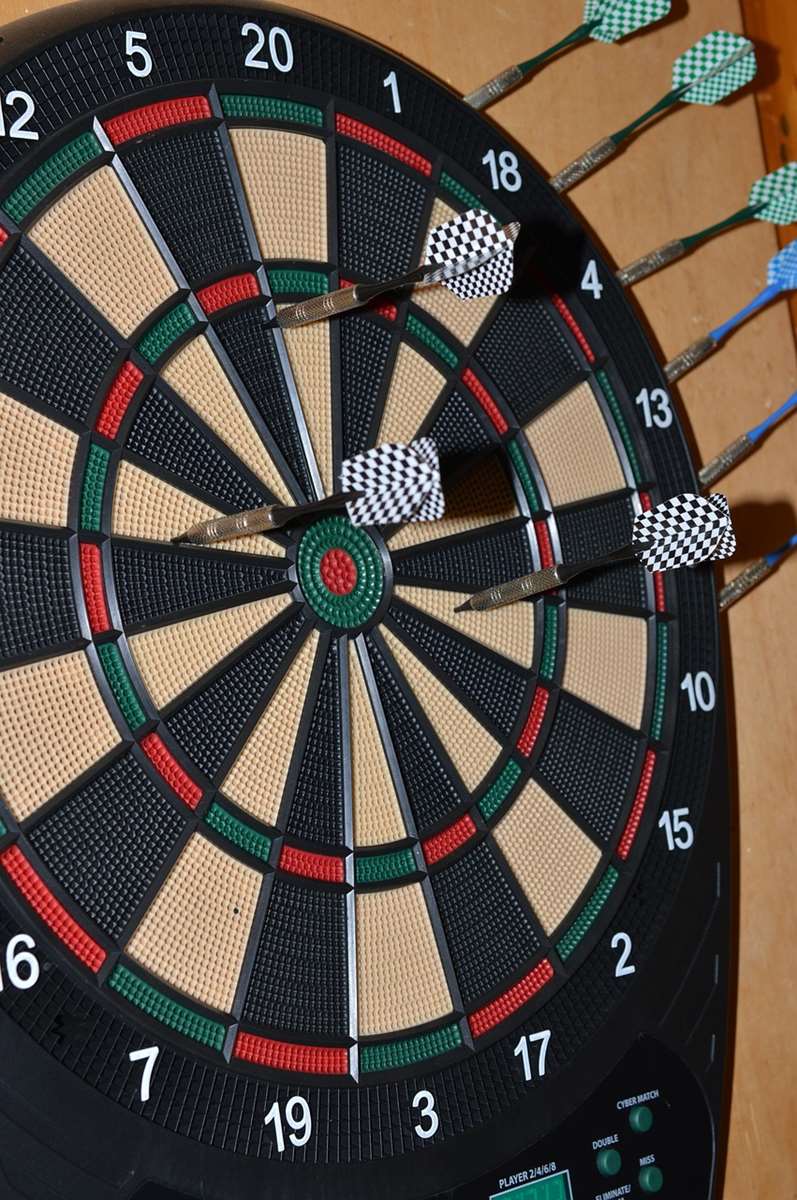
Simplified Scoring Methods
Alongside modifying the bust rule, simplifying the scoring system can also be beneficial for beginners. Complex rules can be overwhelming and deter new players. Consider these adaptations:
- Focus on Single Scores: Initially, encourage players to aim for single sections of the board rather than doubles or trebles. This simplifies the target and reduces the difficulty of scoring.
- Ignore Doubles and Trebles (Initially): In a training game, count all hits equally, regardless of whether they land in a single, double, or treble. This removes the complexities of multiplying scores.
- Target Practice Games: Play games where the objective is simply to hit specific numbers or sections of the board. This helps beginners develop accuracy and familiarity with the dartboard.
By simplifying the scoring, you create a more accessible and less intimidating environment for new players, allowing them to focus on developing their throwing technique and accuracy without being bogged down by complex calculations.
Alternative Game Formats
Moving beyond the standard 501 game, exploring alternative dart game formats can also make the game more engaging and beginner-friendly. These games often have simpler rules and focus on different skills.
- Around the Clock: Players take turns throwing at each number on the board in sequence, starting with 1 and continuing to 20. The first player to hit all the numbers wins. This helps with aim and accuracy.
- Killer: Each player chooses a number on the board. They must hit their number three times to become a “killer.” Killers can then aim to hit other players’ numbers, eliminating them from the game. This game encourages strategic play and target accuracy. You might also want to consider a strategy for getting back into the game, such as hitting your number twice instead of three times to get back in if you’ve been killed.
- Cricket: Players aim to score on specific numbers (20, 19, 18, 17, 16, 15, and bullseye) by hitting them three times. The first player to close out all the numbers and have the highest score wins. This game helps improve scoring efficiency and strategic target selection.
These alternative game formats provide a break from the traditional 501 game and offer new challenges and opportunities for learning. They can also be easily adapted to suit different skill levels and preferences. Consider exploring these fun dart game variations with modified rules to add variety to your practice sessions.
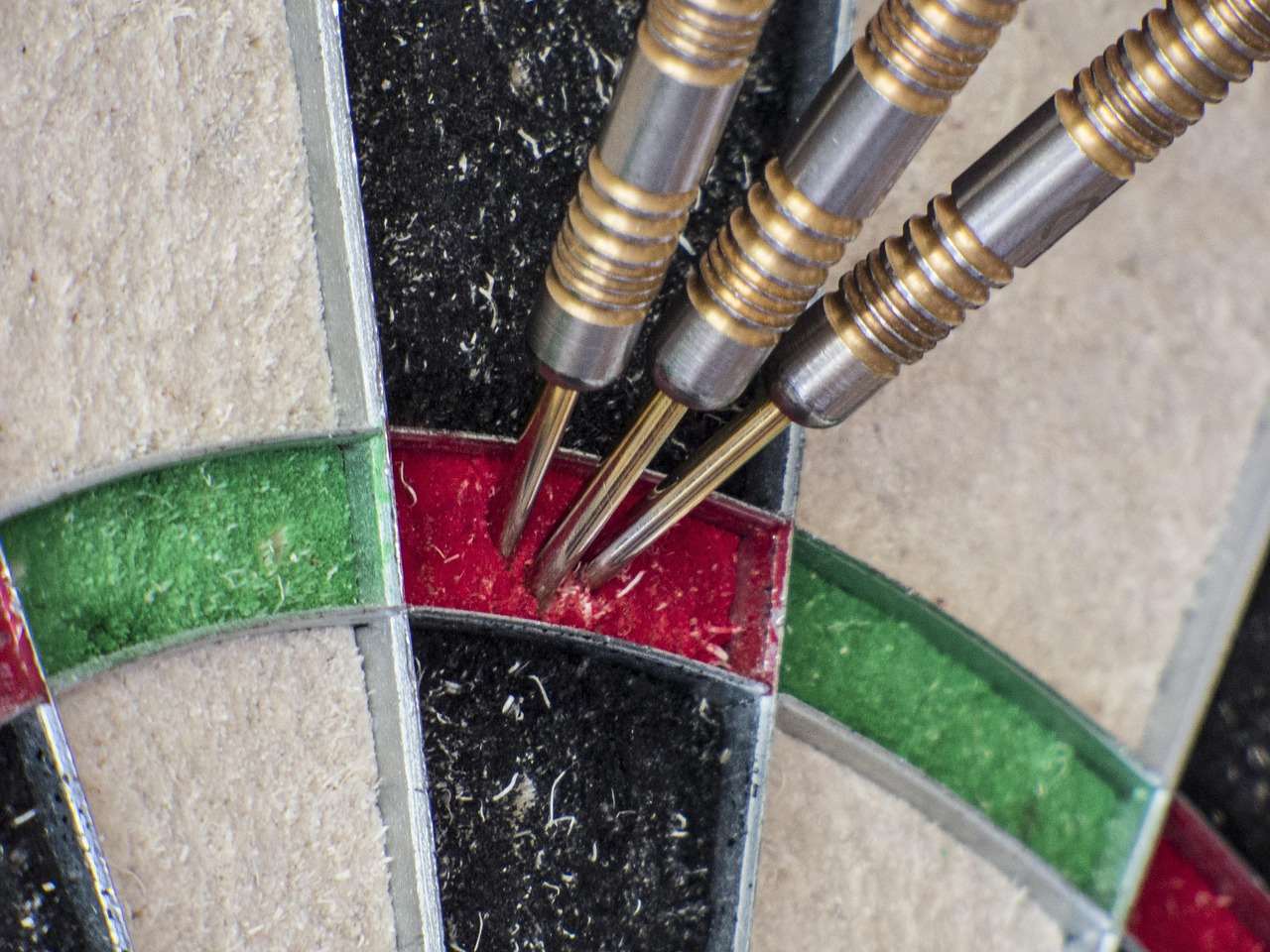
Adapting the Dartboard Setup
The setup of the dartboard itself can also influence the experience for beginners. Making a few adjustments can improve safety and accessibility.
- Lowering the Dartboard: For younger players or those with mobility issues, lowering the dartboard slightly can make it easier to reach and improve their throwing angle.
- Clear the Surroundings: Ensure that the area around the dartboard is clear of obstacles and potential hazards. This reduces the risk of accidents and allows players to focus on their throws.
- Use a Dartboard Surround: Invest in a dartboard surround to protect the wall from stray darts. This not only prevents damage but also provides a visual aid that helps players focus on the target.
Remember, creating a safe and comfortable environment is crucial for encouraging beginners to participate and enjoy the game. Adjusting the setup to suit their needs can significantly enhance their experience.
Importance of Positive Reinforcement and Patience
When teaching beginners, it’s essential to provide positive reinforcement and exercise patience. Darts is a skill that takes time and practice to develop, and it’s crucial to create a supportive learning environment. Focus on the positives, celebrate small victories, and offer constructive feedback.
- Encourage Effort, Not Just Results: Praise players for their effort and dedication, regardless of their score. This helps build their confidence and motivation.
- Offer Constructive Criticism: Provide specific and helpful feedback on their technique, but avoid being overly critical or discouraging.
- Celebrate Small Victories: Acknowledge and celebrate even the smallest improvements in their accuracy or consistency. This reinforces positive behavior and encourages continued effort.
A supportive and encouraging approach is crucial for fostering a love of the game and helping beginners reach their full potential. Remember that learning darts should be a fun and enjoyable experience.
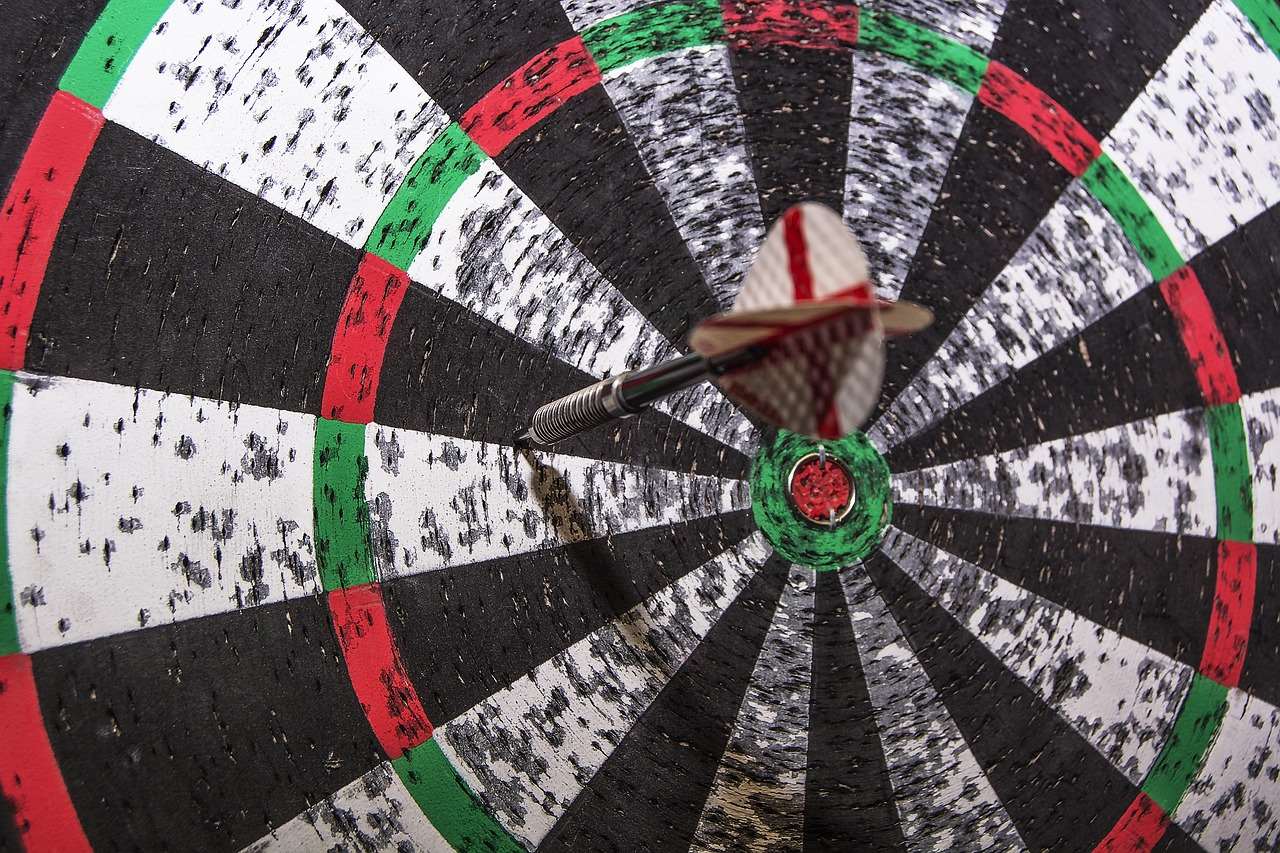
Progressing to Standard Rules
Once beginners have gained confidence and proficiency with the adapted rules, it’s time to gradually introduce the standard rules. This should be a gradual process, with the focus on building understanding and skills.
- Reintroduce the Bust Rule: Gradually reintroduce the bust rule, starting with a grace period or a limited number of busts allowed per game.
- Emphasize Doubles and Trebles: Encourage players to start aiming for doubles and trebles to improve their scoring efficiency.
- Transition to 501: Slowly transition to the standard 501 game, explaining the rules and strategies involved.
This transition should be smooth and gradual, allowing players to adapt at their own pace. The key is to avoid overwhelming them with too much information or pressure. You might find it helpful to refer back to Basic Darts Fundamentals for Beginners for a refresher on technique and strategy.
Utilizing Handicap Systems
To level the playing field between players of different skill levels, consider implementing a handicap system. This allows beginners to compete against more experienced players in a fair and engaging way.
- Giving a Point Advantage: Grant beginners a starting point advantage in a 501 game.
- Allowing More Darts: Allow beginners to throw more darts per turn than more experienced players.
- Target Handicaps: Assign beginners specific targets on the board that are worth more points.
By using handicap systems, you can create a more balanced and enjoyable gaming experience for everyone involved. This encourages beginners to participate and improve their skills without feeling discouraged by the skill gap.
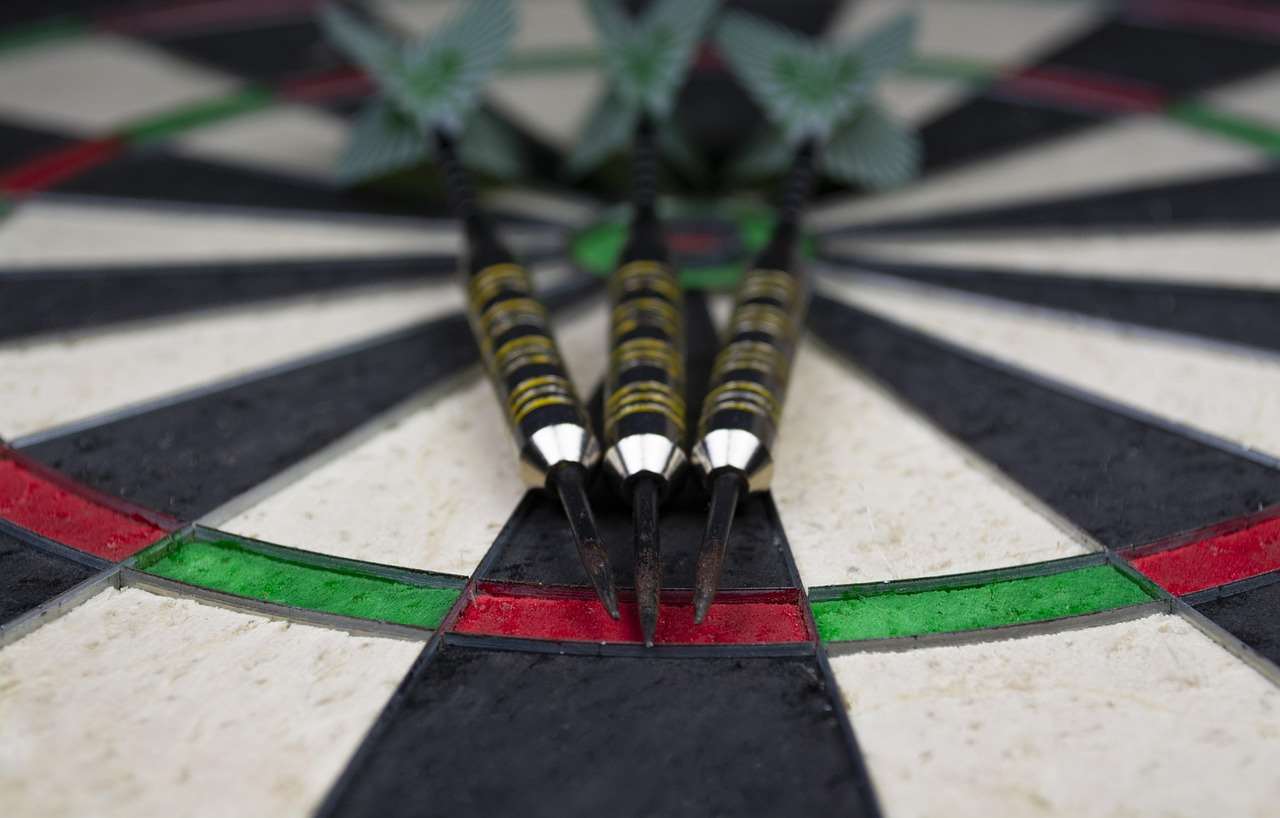
The Role of Equipment
While skill is paramount, using appropriate equipment can significantly enhance the beginner’s experience. Choosing the right darts and dartboard can make a difference.
- Dart Weight and Grip: Lighter darts are often easier for beginners to control. Experiment with different grip styles to find what feels most comfortable.
- Dartboard Quality: A good quality dartboard with thin wires will reduce bounce-outs and improve scoring.
- Flights and Shafts: Experiment with different flight shapes and shaft lengths to find what provides the best stability and accuracy for your throwing style.
Investing in decent equipment can make the game more enjoyable and help beginners develop good habits from the start. However, remember that skill and practice are still the most important factors for success.
Tracking Progress and Setting Goals
Encourage beginners to track their progress and set realistic goals. This helps them stay motivated and focused on their improvement.
- Keep a Scorecard: Record their scores in each game to track their progress over time.
- Set Small Goals: Set achievable goals, such as hitting a specific number of doubles in a game or improving their average score.
- Celebrate Achievements: Acknowledge and celebrate their achievements, no matter how small.
Tracking progress and setting goals provides a sense of accomplishment and helps beginners stay engaged and motivated. It also allows them to identify areas where they need to improve.
Adapting Darts Rules for Different Age Groups
Different age groups may require different adaptations to the darts rules. Consider the following when teaching darts to children or seniors:
- Children: Lower the dartboard, simplify the scoring, and focus on fun and games. Safety is paramount.
- Seniors: Provide comfortable seating, use lighter darts, and adjust the throwing distance if necessary.
Adapting the rules and equipment to suit the specific needs of different age groups can make the game more accessible and enjoyable for everyone. Always prioritize safety and create a supportive learning environment.
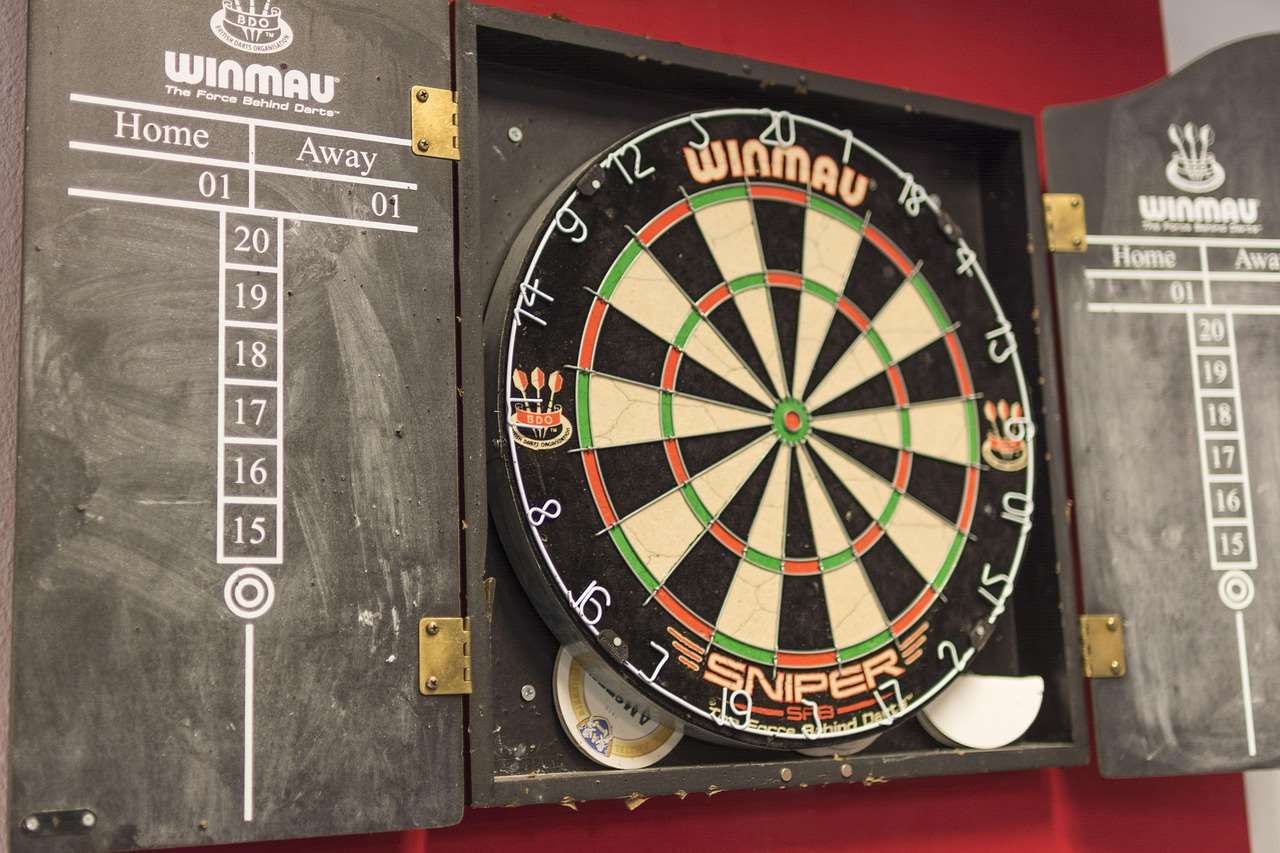
Final Thoughts on Adaptations for Beginners
The impact of bust rules: adaptations for beginners is undeniable. By making these adjustments, you can create a more welcoming and enjoyable experience for newcomers, fostering a love of the game and encouraging them to continue learning and improving. Remember that the goal is to create a positive and supportive learning environment. Be patient, provide encouragement, and celebrate their successes. Mastering darts takes time and dedication, so start with adapting darts rules for beginners and slowly work toward the standard format. Enjoy the journey!
Conclusion
In conclusion, understanding and implementing the impact of bust rules: adaptations for beginners is crucial for creating a welcoming and enjoyable experience for new players. By simplifying scoring, modifying rules, adapting equipment, and providing positive reinforcement, you can foster a love of the game and help beginners develop their skills. Remember to be patient, encouraging, and adaptable to their needs. Now that you have a grasp on adapting the rules, grab some darts and start practicing! Are you ready to introduce darts to a friend? Start by adapting the rules and watching their enthusiasm grow!
Hi, I’m Dieter, and I created Dartcounter (Dartcounterapp.com). My motivation wasn’t being a darts expert – quite the opposite! When I first started playing, I loved the game but found keeping accurate scores and tracking stats difficult and distracting.
I figured I couldn’t be the only one struggling with this. So, I decided to build a solution: an easy-to-use application that everyone, no matter their experience level, could use to manage scoring effortlessly.
My goal for Dartcounter was simple: let the app handle the numbers – the scoring, the averages, the stats, even checkout suggestions – so players could focus purely on their throw and enjoying the game. It began as a way to solve my own beginner’s problem, and I’m thrilled it has grown into a helpful tool for the wider darts community.